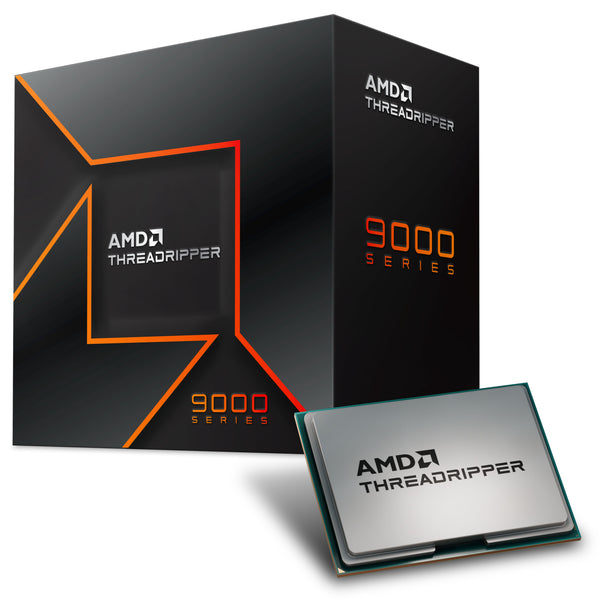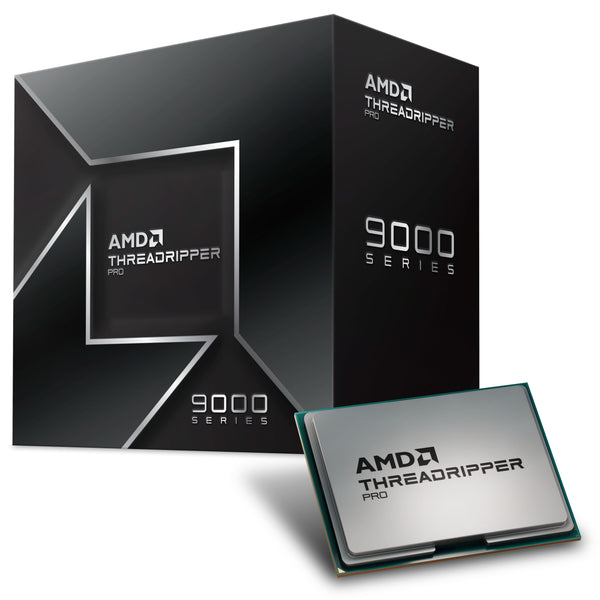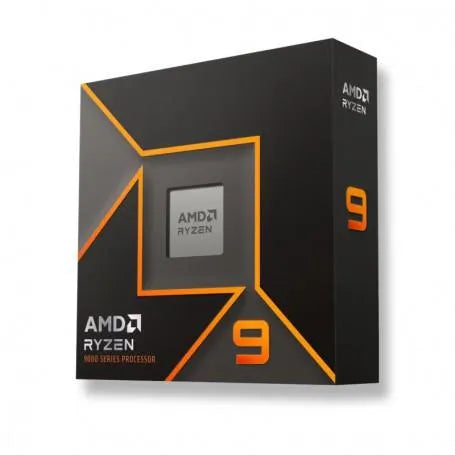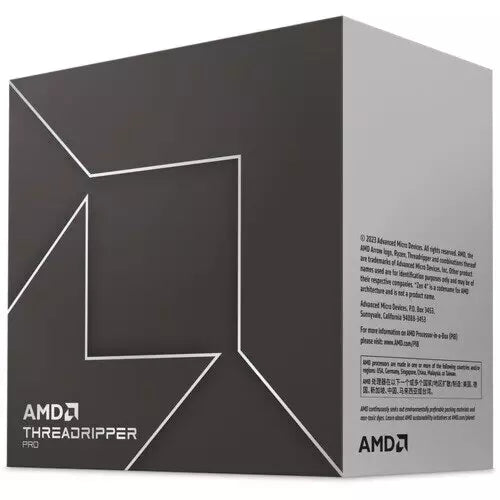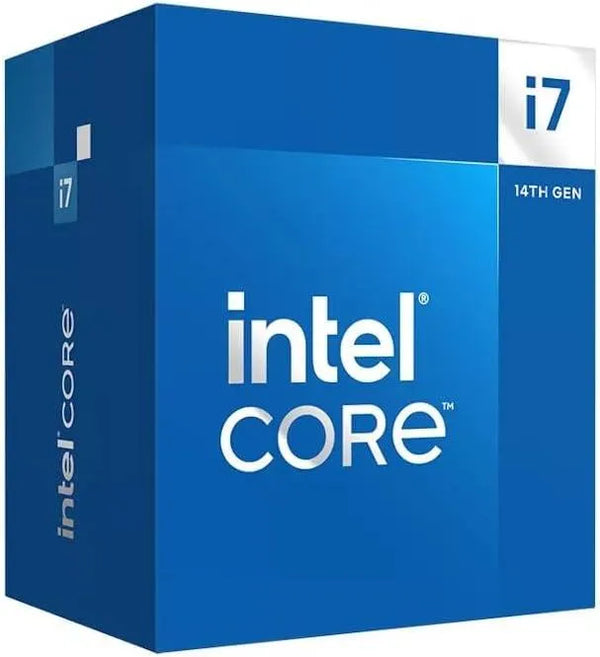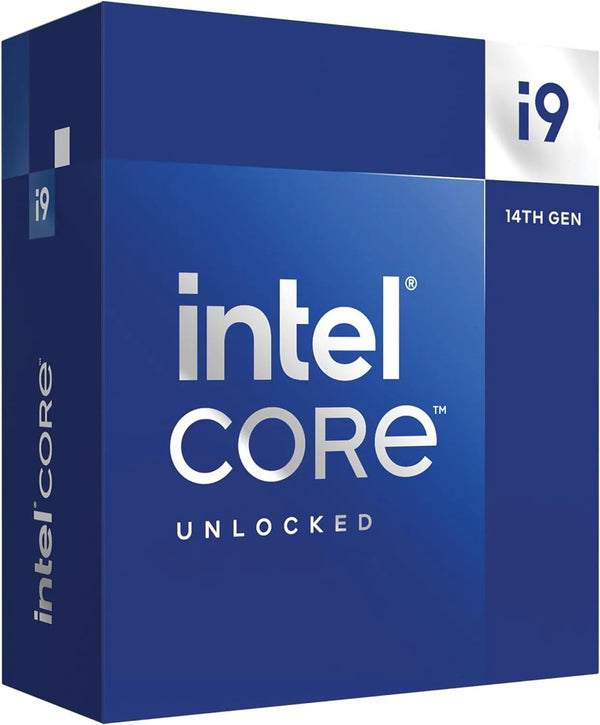Why You Should Upgrade to Intel 14th Gen Processors?
Posted by WAEL MOHAMED
Another year, another generation from Intel. As we welcome Intel’s 14th Generation CPUs, we have to deep-dive into the fine details of this new lineup. Released to compete with AMD Ryzen’s 7000 series, and, of course, provide better value compared to previous generations, we aim to dig for the advantage that anyone will get from upgrading to the 14th gen from Intel Core.

But before going into details, we should know that only six CPUs are released so far from Intel, and they range from Core i5 to Core i9, as usual in the first few months of launch.
Intel 14th Generation Launched Processors
The six CPUs released by Intel, arranged by their performance, are:
- Core i9 14900K: 24(8 P + 16 E) cores, up to 5.8 GHz, and Intel UHD Graphics inside.
- Core i9 14900KF: 24(8 P + 16 E) cores, up to 5.8 GHz.
- Core i7 14700K: 20(8 P + 12 E) cores, up to 5.6 GHz, and Intel UHD Graphics inside.
- Core i7 14700KF: 20(8 P + 12 E) cores, up to 5.6 GHz.
- Core i5 14600K: 14(6 P + 8 E) cores, up to 5.3 GHz, and Intel UHD Graphics inside.
- Core i5 14600KF: 14(8 P + 16 E) cores, up to 5.3 GHz
Reasons you should upgrade to Intel 14th Gen
The reasons we will state apply to overall use scenarios, be it for gaming, content creation, or other uses. We suggest you consider these reasons for any lineup you are eyeing, be it from Core i5 to Core i9.
Best in Grade Performance

The most important aspect of any processor is performance. Intel Core 14th generation provides unrivaled performance when compared to previous lineups and the current one from AMD Ryzen.
Intel reuses the same architecture, splitting the cores into two categories: performance and efficiency. The performance cores work on heavier single-threaded and multi-threaded tasks, such as gaming and video editing. On the other hand, efficiency cores work on lighter tasks that use less power, like background tasks.
The coexistence of these two provides a better balance when it comes to power consumption, translating to better thermals when operating on less-demanding tasks.
For actual performance, which is more important to most, this is where these processors thrive. Starting from Core i5-14600K(F), we find that it provides better performance by 4.3% with gaming on 1080p and 20% on average across workload applications, such as Premiere Pro and DaVinci Resolve.
Moving on to the higher-end Core i7-14700K(F), we knew that it’ll thrive against Ryzen 7 7700X, the main competitor for this chip, by 8% on average for gaming on 1440p, while other application-based workloads were better by a whopping 19.1%, maintaining the same advantage it had with the 13th gen.
And finally, with the highest chipsets available from Intel, Core i9-14900K gave off better performance by 5.2% compared to Ryzen 9 7950X and 5.3% compared to Ryzen 9 7900X in 4K gaming performance. Intel flies away with application-based workloads, beating Ryzen 9 7950X by 2.9% and Ryzen 9 7900X by 13%.
Quite better results for those seeking chips for heavier loads and better in gaming with a lower difference, but the prices are another key player here. It costs less to build with Intel 14th Gen CPUs.
It costs less to build with Intel 14th Gen CPUs
Intel’s 14th generation CPUs cost more compared to AMD Ryzen’s lineup in most cases. However, the cost of owning Intel’s latest lineup could be lower compared to AMD's latest processors and platform.
Owning a working CPU requires two things: a motherboard and RAM. When it comes to AMD, you’re forced to buy the latest motherboards with AM5 socket to install the processor, and you can’t run your PC with DDR4 sticks anymore.
This means that you will have to buy a new motherboard, along with new DDR5 sticks that cost more compared to DDR4 offerings, with minimal difference in performance when it comes to specific tasks, like gaming, and we are speaking of 3-5 frames in difference.
However, you have a choice with Intel. You can opt-out for DDR4 motherboards, meaning that you might not need to buy new DRAMs or buy ones that cost less. Remember that you might be upgrading from the 13th generation, and your 600-series motherboards will support your new CPU.
With the ability to buy low-cost memory, a less-expensive motherboard, or even replace the CPU, Intel’s offering in total is better for those seeking a bang-for-buck deal.
Better Connectivity Options
Intel’s new platforms, 700-series, provide better connectivity options compared to AMD 600-series motherboards. For starters, you can have WiFi 7, providing double the speed WiFi 6 provided at launch, but you need to own a router that supports the same technology.
700-series chipsets can provide support to DDR5 speeds, exceeding 8000MHz compared to the best offerings from X670E motherboards. Yes, the difference is minimal in most cases, but you’re future-proof with Intel’s platform; you never know what you might need tomorrow.
Moving over to maximum memory support, 700-series offers 192 GBs support for all CPUs released, while AMD sticks with the capacity of 128 GBs only, making it better for heavy workloads, like editing 8K footage or working on big data.
And lastly, one of the most important benefits for the average consumer, you are getting more USB 3.2 Gen 2 ports. For example, Aorus Z790 Master provides 7 ports, while the same motherboard with X670E chipset maxes out at 4 only.
Better CPU Drivers
If you appreciate stability and security, you should know that Intel’s drivers are way ahead of AMD’s right now. Ryzen had multiple problems with their chips and CPUs, ranging from USB bugs to security flaws, that required them to keep updating their platforms through short spans.
One of the best things about Intel is software support, coming from third-party applications that do optimize their workflow according to the new P + E cores, using the Intel Thread Director. It happens nearly on day 1 with every release, unlike AMD’s that requires a bit of wait to gain the full potential.
Summing it up, if you are not a person interested in diving deep with BIOS updates and whatnot, Intel will be your favorite here.
Hot streak still on for Intel
These reasons are enough, for the average user at least, to opt-out for Intel 14th generation. Yes, it’s a mere update from the 13th generation, but it holds up to the competition fiercely, and it’s a good upgrade from the latest generations.
Our tip when buying a new processor is getting the one you need; everyone hates spending an extra Dirham for no value or wasting money on a weak processor. Contact us at any time to assist you in choosing the right one for your needs, or if you decide to buy a new PC built around these beasts of chips.
TAGS:
SHARE:



